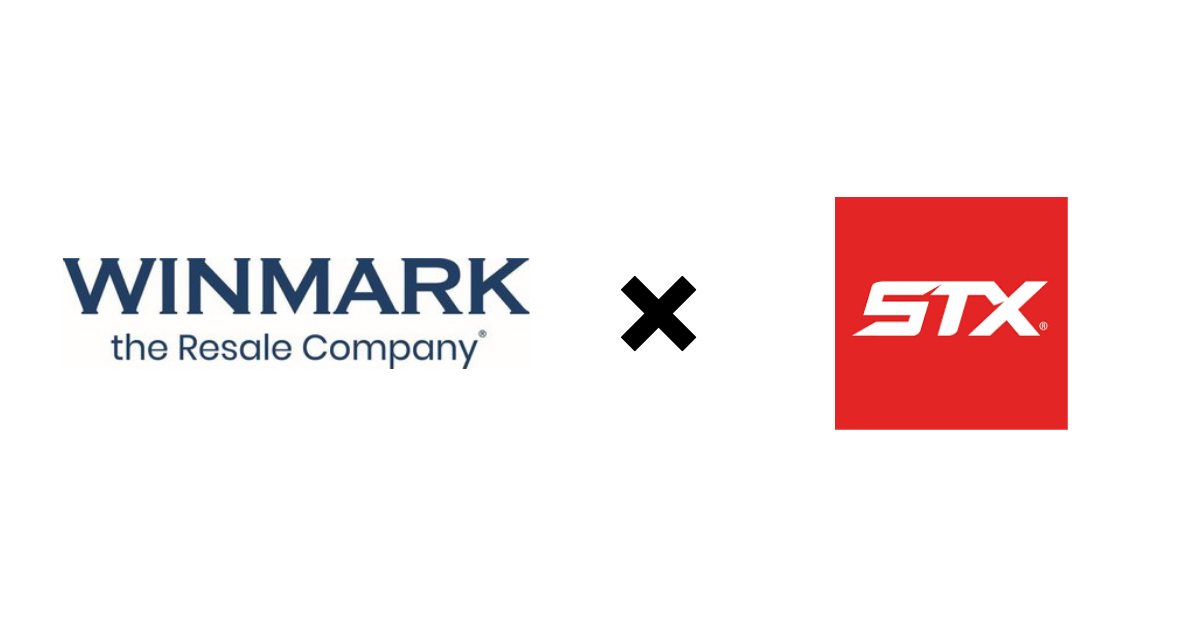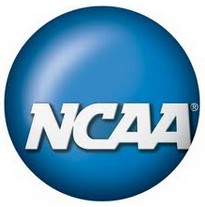INDIANAPOLIS, INDIANA (May 20, 2020) —Measures to reduce the risk of injury for participants and to provide an additional scenario for instant replay usage comprise the prominent components of the 2020-21 high school ice hockey rules changes.
The National Federation of State High School Associations (NFHS) Ice Hockey Rules Committee proposed a total of five rules modifications as a result of its meeting April 27-28, which were all subsequently approved by the NFHS Board of Directors. The committee’s meeting was held in an online format to comply with current health safety guidelines.
“I commend the committee for adapting its meeting to an online format, its continued focus on minimizing risk for players and its overall efforts to support high school hockey,” said Dan Schuster, NFHS director of educational services and liaison to the Ice Hockey Rules Committee.
One of the risk-minimization changes was made to Rule 3-2, through which a more severe penalty may now be assessed to a player wearing skates that are deemed “dangerous.” Skates are considered dangerous if they have protrusions. Previously, a player with dangerous skates was given a warning and an opportunity to return to the game once the issue was corrected. In 2020-21, a first offense will warrant a game misconduct penalty.
Under Rule 7-6-1, a player who strikes an opponent with his or her hand may now receive a major penalty at the discretion of the official. Traditionally, improper hand contact that was not considered to be fighting constituted a minor penalty.
State associations that have authorized an instant replay system during games may now utilize it to review infractions that involve student-athlete ejections. This clause was added to Rule 9-13 as an accompaniment to the pre-existing instant replay situations, which include reviewing goals and undetected goals and determining the correct amount of time on the game clock.
“If a state so chooses to adopt this as part of its replay policy, it will allow review to ensure the correct player is removed in an ejection situation,” Schuster said. “An ejection, in some cases, can be as critical to a game as a goal. This will give state associations the flexibility to review this important moment in a game.”
Risk minimization was also the focus in Rule 7-13-3, where language was added to prohibit a player from moving an opponent’s glove, tooth or mouth protector that has fallen on the ice for the purpose of keeping it from the opponent’s possession. The stick was the only piece of equipment specified within the original version of the rule.
Finally, a subtle change was made to Rule 3-4-2 to clarify the purpose of the throat/neck protector as a “laceration” protector.
According to the 2018-19 NFHS High School Athletics Participation Survey, more than 35,000 boys participate in ice hockey in 1,638 high schools across the country, and more than 9,600 girls participate in the sport in 642 schools.
Eighteen states and Washington D.C. have boys and girls participating in ice hockey under NFHS rules – Alaska, California, Colorado, Connecticut, Delaware, Maine, Maryland, Massachusetts, Michigan, Minnesota, New Hampshire, New Jersey, New York, North Dakota, Ohio, Rhode Island, Vermont and Wisconsin.





 Back
to News
Back
to News